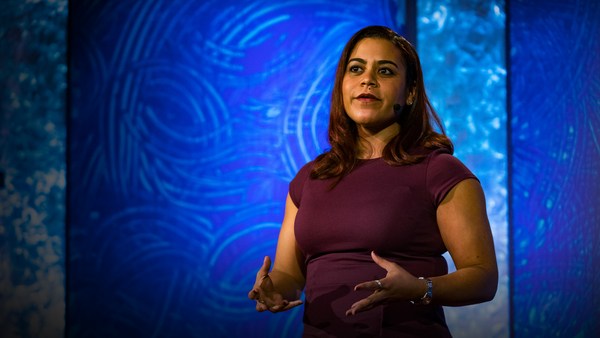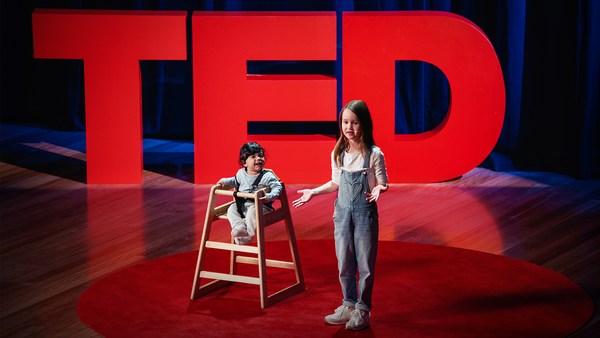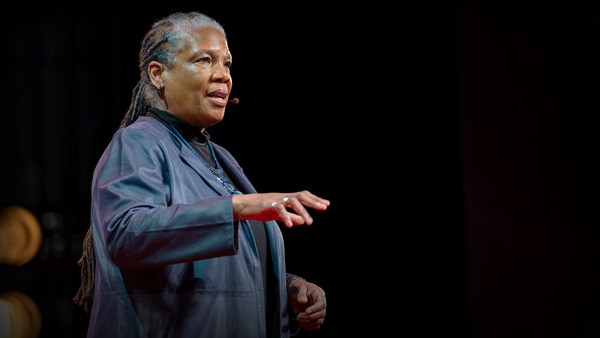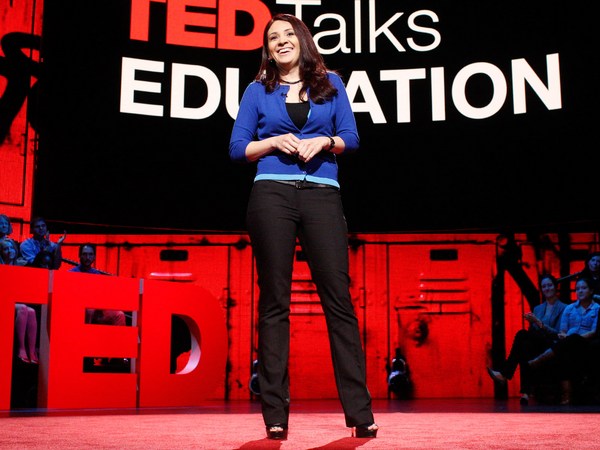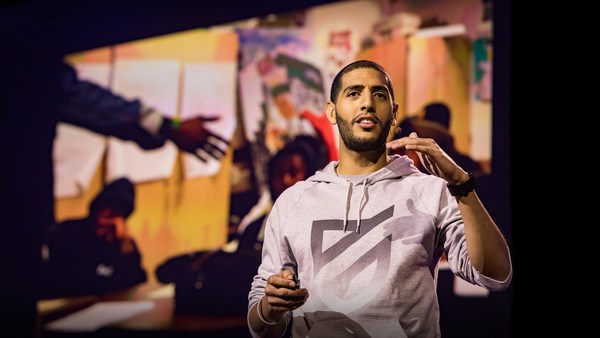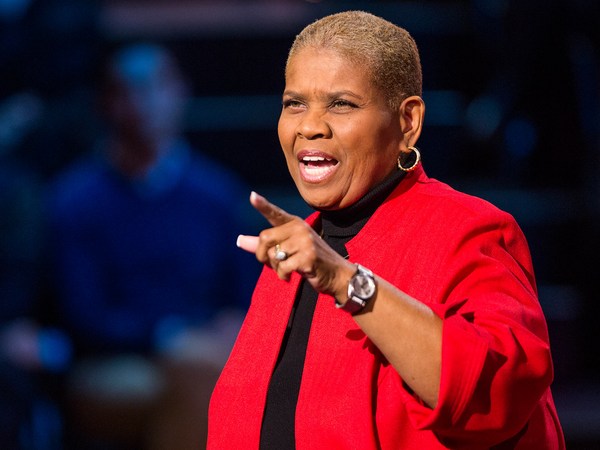Think back. Where were you in May of 2020? Like many other educators, I was preparing to close out the most unique school year in my time as a teacher, after spending the past couple of months trying to figure out how to teach online from my kitchen table while also navigating the uncertainty and trauma of a global health pandemic.
And then on May 25, 2020, George Floyd was murdered in police custody in Minneapolis. In the wake of this tragedy and the days of civil unrest that followed, my colleagues and I realized we couldn't just keep showing up to our virtual classes to teach math and science and reading and writing as if everything was fine. And so we gathered on Zoom one morning to face an urgent question: What do we say to the kids?
Since that day, I've started reflecting on more moments like this. Growing up in the '80s and '90s, I remember my parents telling me about two specific dates where they remember exactly where they were and exactly what they were doing. These were the dates that president John F. Kennedy and Dr. Martin Luther King, Jr. were assassinated. A generation later, these memorable events for me were the Columbine school shooting and September 11, 2001.
The more I reflected on these "where were you when" moments, both as a teacher and then later as a social and emotional learning specialist, I realized that they share distinct characteristics. They're collectively experienced. They're disruptive to daily life and often they cause a shift in beliefs, behaviors or even policies. And today's young people, perhaps due to globalization or social media, may be faced with even more of them. And so educators like me, I assumed, must be faced with even more of these "What do we say to the kids?" moments too.
So I've actually done quite a bit of study of this question and I'm going to tell you what we say to the kids. And not just for educators, but for parents and caregivers and anyone who interacts with or supports young people.
In my doctoral research, I came to call these moments consciousness-shifting current events, which are occurrences that have a profound collective impact on the community, state or nation where they take place and usually cause a change in awareness, attitude or behavior among those impacted by it. I'm going to share the insights from my research with you today, but I have to first offer a disclaimer that, since it’s not yet published -- hope to do that this spring -- I am going to focus on general broad conclusions and leave out any personal details that could be used to identify my participants.
And so with that in mind, the first broad conclusion I want to share with you is that silence is not an option. The educators I spoke to told me that it was a moral imperative to address these events with students.
If it wasn't clear before, the era of COVID-19 has made it clear now that education is an essential industry. And as front line workers, educators are tasked with more than teaching. They're responsible for supporting the physical and emotional well-being of students amidst a wide variety of social crises and collective traumas: natural disasters, civil unrest, racial injustice, community violence, and of course, a global pandemic. All of the educators in my study expressed some degree of self-doubt and a lack of confidence addressing these topics with students. Yet, in the stories they shared and the strategies that they shared with one another, I discovered that actually most educators actually do have an implicit understanding of what needs to happen in those moments to get students back to a place of learning.
And so today I'm going to share with you the three key moves that I saw educators making, the steps they took to facilitate community healing in their schools and classrooms.
First, they sought to restore a sense of safety. Now here's what this looks like.
In one classroom, it meant facilitating breathing and mindfulness exercises to help students self-regulate, to soothe the fight-or-flight regions of their brain that had been activated after a tornado swept through their region and destroyed a nearby town.
Another educator told me about a student who was a refugee from a country in political upheaval and on the day of the US capitol insurrection, this student was particularly distraught and inconsolable in comparison to her peers because her belief that the turmoil she had left behind in her home country could not and would not happen here had been shattered. She was worried that her parents were unsafe and she wasn't going to be reunited with them at the end of a school day. So the teacher reassured this student that she and her family were not in any physical danger. And then took out a map of the United States to demonstrate that although, yes, what was happening in DC was in the same country, it was nearly 3,000 miles away.
By focusing on safety and security, these educators prioritize what Maslow tells us are our basic human needs. The lesson I learned here is that when bad things happen, we don't jump right to analyzing the root causes that got us here. We don't try to figure out who's to blame or even how to fix it yet. We simply try to hold it together and make sure our people are protected. But of course we don't and we can't stop there.
After restoring physical or psychological safety, educators engage in heart work. That is, they tend to emotions, both their own and those of their students. This often involves with educators modeling their own vulnerability, admitting they're scared or uncertain or don't have all the answers and feel anxious about that. It also involves creating space for students to do the same.
Many of the educators in my study talked about using talking circles as a way for students to process what they're going through without judgment. One told me about using a virtual talking circle for both adults and young people to navigate feelings of grief and loss and fear associated with coronavirus.
A theater arts teacher shared with me how she helped students process the death of a classmate. Realizing that students didn't feel comfortable talking openly, she led them in a silent activity to create artistic representations of their thoughts and emotions.
Now heart work can be hard work, but here's why it matters. When we navigate our emotions, it moves us from that survival part of our brain to a more emotionally regulated state. And do you know what else is possible when we're operating from that calmer state? Connection. Love. Belonging. Community. So it's by reinforcing and strengthening the relationships that we have with one another that we get through the hard times. It's how we develop positive coping strategies and ultimately resilience.
And this connection, this sense of “we’re all in this together,” is what cultivates hope and leads us to the final step: empowering action. Now we've seen this many times in various social movements but powerful and inspiring action is happening on smaller scales and without social media coverage in classrooms and schools all over.
In the days after 9/11, a teacher took a page from the “Mister Rogers’ Playbook” by looking for and honoring the helpers. The teacher talked about firefighters and first responders. Faith leaders from a variety of religions. Everyday people providing food, shelter and support to their neighbors.
The day after the 2016 presidential election of Donald Trump, students whose families were primarily undocumented expressed rage and terror, fearing that their families and they would soon be deported. Recognizing their sense of helplessness and hopelessness, their teacher went to work creating opportunities for students to learn about how to get involved in political advocacy and activism.
And when community violence took away students' outdoor recess because it was deemed too unsafe, they started a podcast. And they used that platform to raise awareness, build support among community leaders and plan a peace march.
What's key here is that we don't let ourselves or our people get stuck in the yuck. Rather than dwelling in despair, we mobilize. We reject helplessness and deficit-based thinking and harness our individual and community assets to advocate and agitate for change.
Ginwright calls this healing-centered engagement and tells us that this approach to addressing trauma requires a different question that moves beyond "what happened to you," to "what's right with you." And it looks at those affected by trauma as agents in the creation of their own well-being. The idea here is that it's by finding what's right with all of us, our collective strengths, that we can begin to heal and transform ourselves and our communities.
And so I return once more to the question, “what do we say to the kids?” We say to the kids that it's okay to feel scared and vulnerable. We say to the kids that our safety was taken from us, but we will together create safety once again. We say to the kids that it's time to start the heart work and we will show them how to do it. We tell them to keep feeling because our feelings are what makes us human and what will help heal us. And finally, we say to the kids that we must rebuild together through action. Each and every one of us.
Today, I hope you will feel empowered, I hope we will all feel empowered, to support our communities, our educators and our young people in healing. And so the next time a consciousness-shifting event happens, we'll not only know what to say, we'll know what to do, and we'll know how to be.
Thank you.
(Applause)
